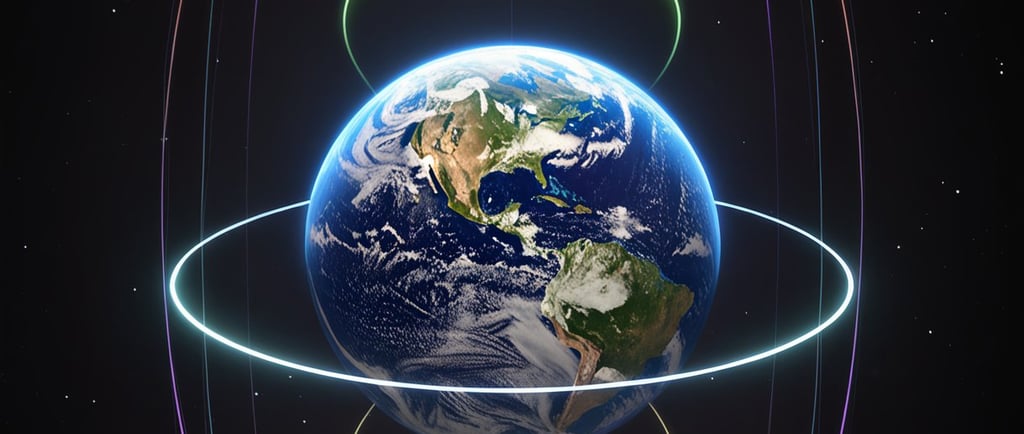The Van Allen Belts: Earth's Radiation Shields


Introduction to the Van Allen Belts
The Van Allen Belts are two vast radiation zones that surround the Earth, functioning as a protective cocoon against high-energy particles from the sun and outer space. Named after physicist James Van Allen, who discovered them in the 1950s, these belts are often depicted as enormous donuts encircling our planet. They play a crucial role in protecting our atmosphere and, consequently, life on Earth.
The Structure of the Van Allen Belts
The Van Allen Belts consist of two distinct layers: the inner belt and the outer belt. The inner belt is primarily composed of high-energy protons, which can reach energies of up to several hundred million electron volts. This layer is located between approximately 1,000 and 6,000 kilometers above the Earth's surface. In contrast, the outer belt is situated further out, extending from about 13,500 to 58,000 kilometers. Here, one can find an abundance of electrons, including some that travel at nearly the speed of light. It is essential to understand that these belts are not static; they are shaped and influenced by solar activity, magnetospheric dynamics, and geomagnetic storms.
The Importance of the Van Allen Belts
The Van Allen Belts serve as an essential shield that mitigates the potential damage from cosmic rays and solar wind, which consist of charged particles emitted by the sun. Without these belts, the atmospheric conditions on Earth could be drastically altered, leading to increased exposure to radiation. This exposure poses significant risks to satellites and astronauts, as well as having the potential to disrupt communication systems on Earth.
Moreover, understanding the Van Allen Belts is critical for exploring space. Scientists continue to study their behavior and dynamics, particularly with the increasing frequency of space missions. The information acquired can assist in predicting space weather phenomena that may affect technological systems on Earth.
As we advance in our exploration of space, the knowledge of the Van Allen Belts will enable better protection strategies for both crewed and uncrewed missions. These belts, while offering shielding against radiation, also serve as an intriguing area of study for astrophysicists and space scientists.
In conclusion, the Van Allen Belts serve not only as barriers against harmful solar and cosmic radiation but also as valuable subjects for ongoing research. By revealing the complexities of these radiation belts, we can enhance our understanding of the space environment and protect the integrity of our technological systems and life on Earth.
